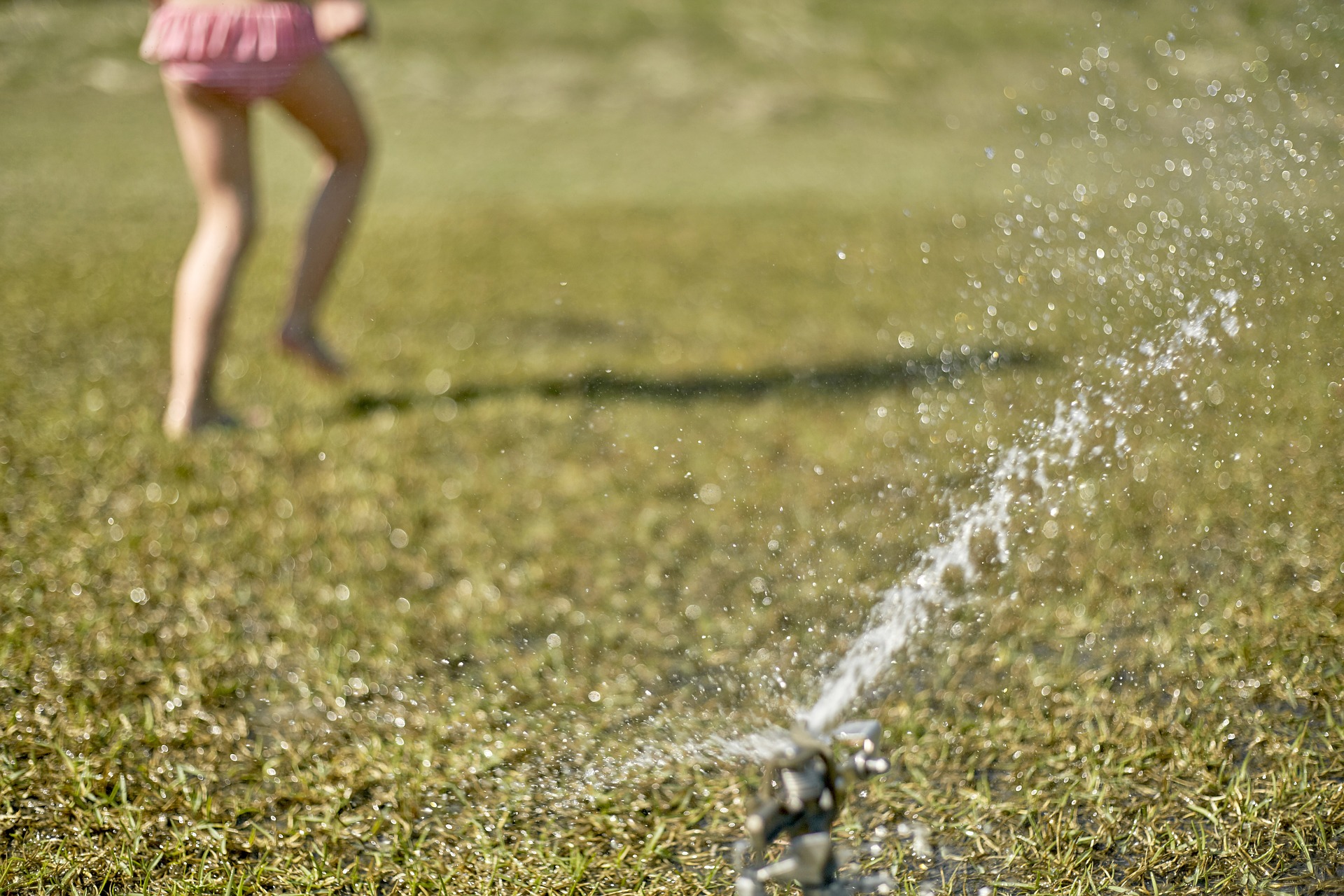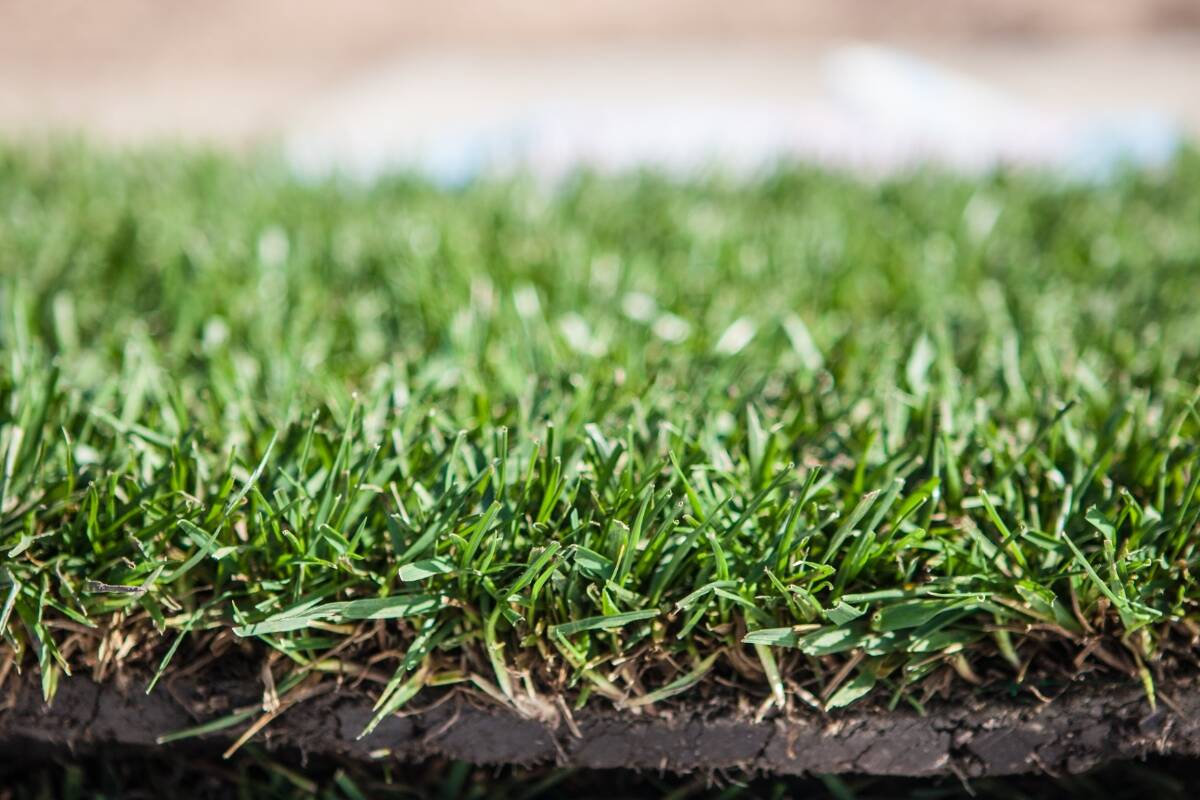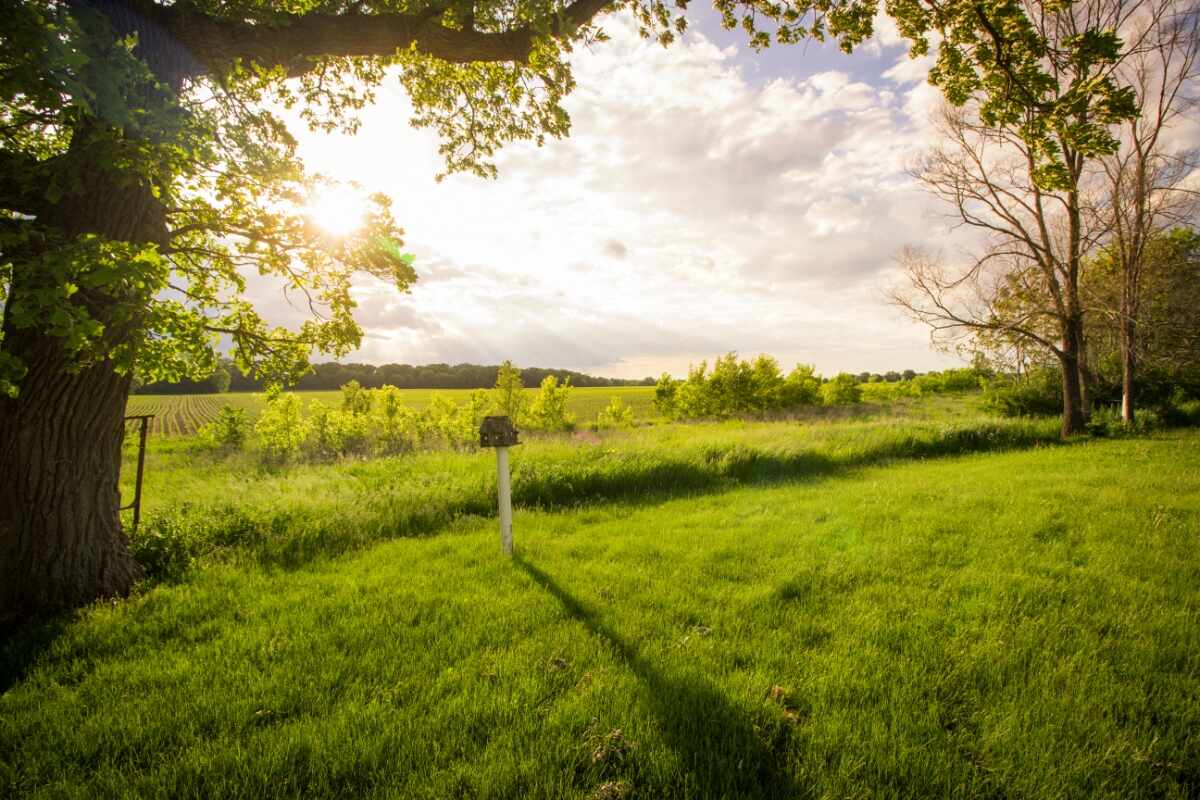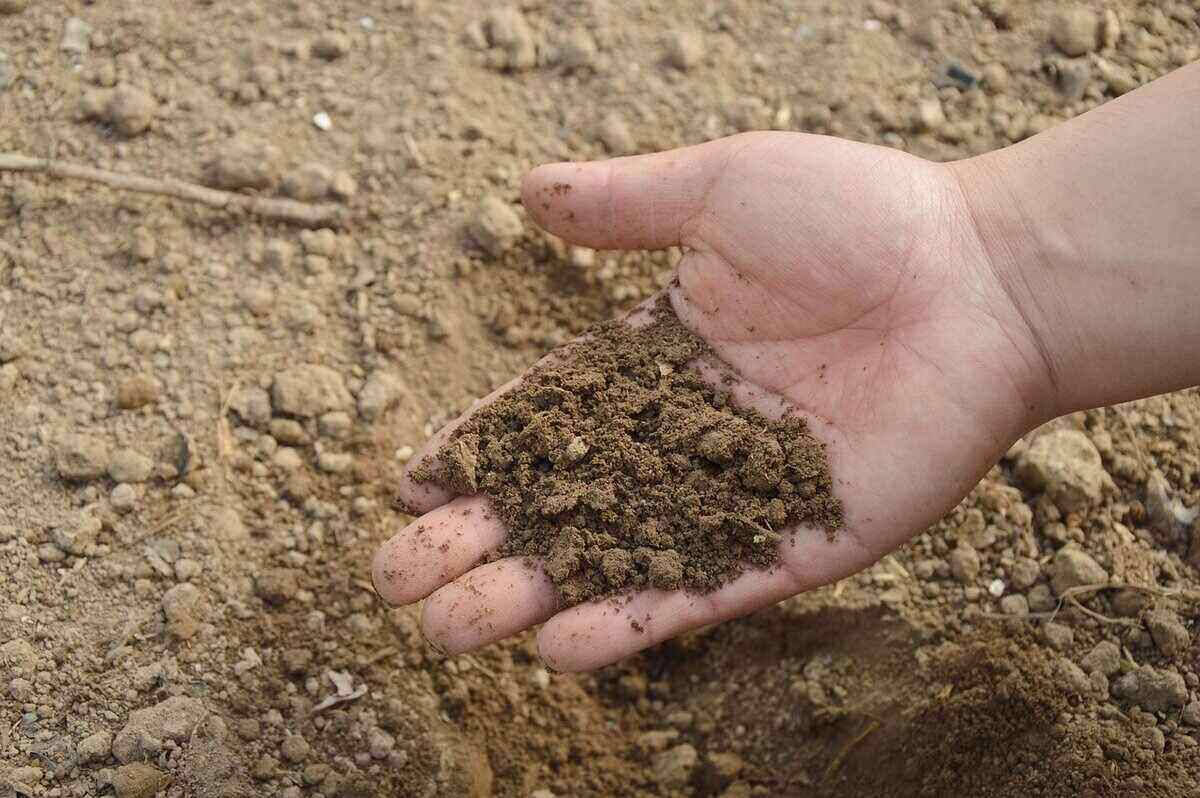
Living in or near Philadelphia, PA, then you may already know that your lawn is receiving an average of 47 inches of rainfall per year. And if you have a traditional lawn that is planted with a mixture of different grass types, chances are this rainfall isn’t enough to keep it green, especially in those warm months. Hence the need for supplemental watering. When and how exactly do you properly water your lawn? You can reach out to your local Philadelphia lawn care professional or you can follow this quick list of tips for watering that will keep your lawn looking lush and green throughout those tough, sometimes dry periods.
How Often
How often you water your lawn depends on a range of factors, including soil type, light conditions, and grass type. Generally speaking, if you have a sandy soil, your lawn will dry out quicker, and if you have a higher clay content in your soil, your lawn will retain more moisture. Light conditions are important too. If your lawn is in full sun for most of the day, it will require more irrigation, while a lawn in a shady site will not need as much. Finally, different grass types play a role too. All have different needs and requirements when planted as a lawn. Be sure to understand your grass type and plant the correct one when you need to overseed.
To sum it up–know your soil type, light conditions, and grass types. This valuable information will go a long way in helping you to keep up with proper watering.
When
Timing is important when it comes to watering lawns, even your garden too, mainly due to the simple fact of evaporation. For instance, let’s say you water your lawn in the middle of a hot summer day or afternoon. By watering during the hottest parts of the day, you will be losing an enormous amount of that water to evaporation. Even though your grass might feel wet, most of the water will have evaporated and has failed to reach the roots, where it is most needed. Similarly, you should not water your lawn late in the day. Water at this time will have a greater chance of staying on the blades of the grass overnight, which may lead to fungal and disease problems.
By far the best time to water your lawn is in the early morning or right before sunrise.
How
Ideally, every lawn would have an irrigation system that includes a rain sensor–which basically shuts off the irrigation system when it rains a certain amount and turns it back on for you when it stops. Irrigation systems, when divided into individual zones, are a great way to ensure that your lawn is receiving an adequate amount of water. This being at the right times and having the added benefit of being adjustable according to seasonal changes. If you find yourself watering manually, invest in a high-quality sprinkler that is able to cover the amount of lawn that you have. Follow the same rules for when and how often.
The most important thing to remember is to water your lawn infrequently but deeply. This is the most common mistake people make. It is better to water your lawn very deeply only once a week, then it is to water it for fifteen minutes three days a week. Watering deeply encourages a more drought-resistant lawn and a deeper, more resilient root system on your lawn. Follow these tips and you should be one step ahead of getting that lush, deep green lawn you have been hoping for!





